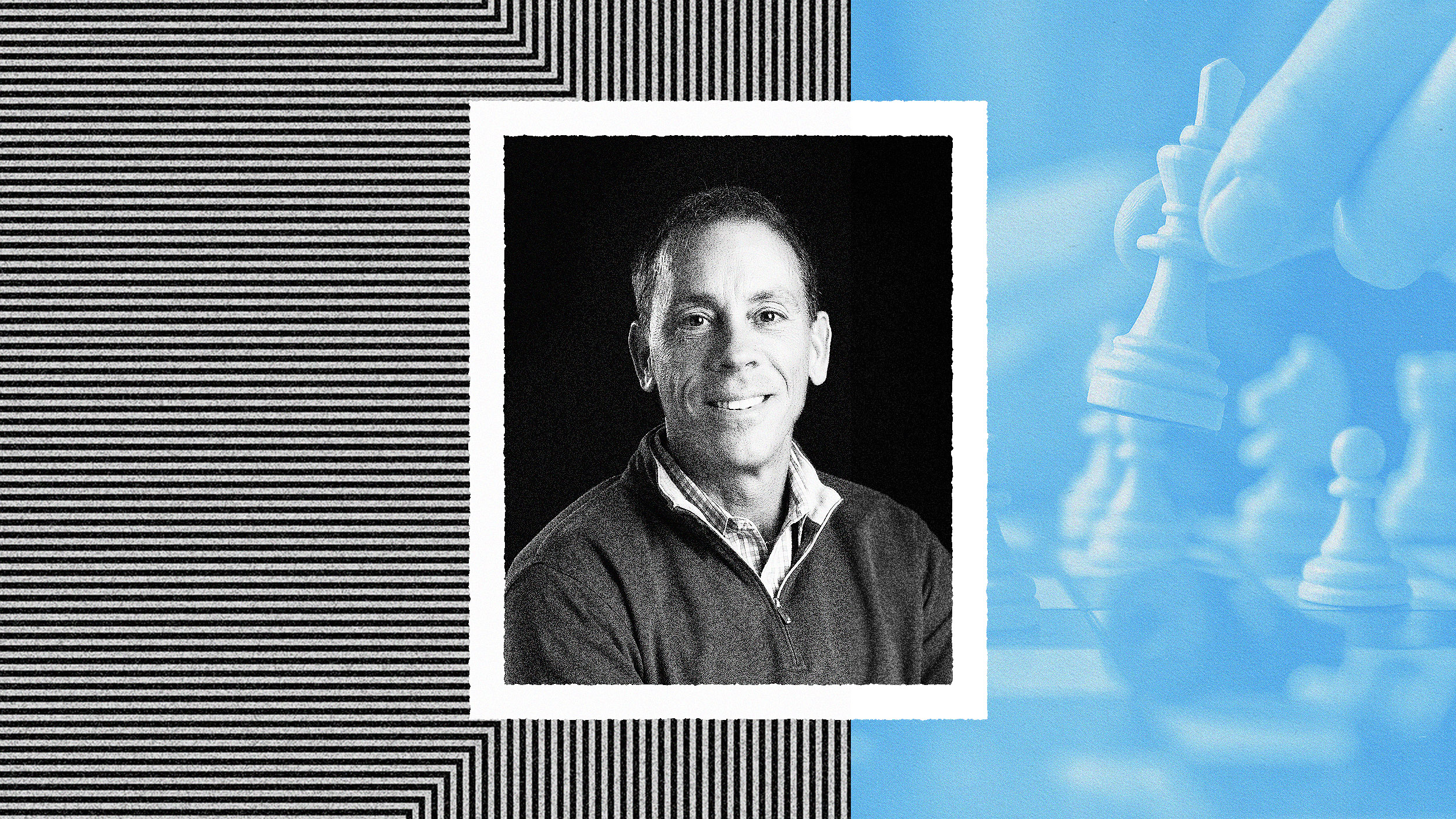We all need to purchase goods and services to live life in a modern economy, and how we get those goods and services is changing. As a global economic force, the PC is out and the smartphone is in, says marketing executive Molie Spilman.
Mollie Spilman: We are in the age of mobile now and it’s only going to continue. I think this is the single biggest change to marketing that we’ve seen in a very long time and it all comes back to consumer behavior. And the fact that, you know, even when people first started having phones in their hands or mini computers in their hands people were, you know, reluctant to download apps or they were reluctant to pay with their phone. They were reluctant to buy things on their phone. And now when you look at it, you know, over 40 percent of all transactions digitally are on a smartphone. And that, like that statistic is really high because I think even now people have this myth that consumers are shopping and browsing on their phones and browsing on their tablets but still buying on a tablet or a PC. That’s not what’s happening. It’s actually the reverse.
They’re spending more time on their phones and there are more transactions happening on their phones. And when you look at order value, the order value of people buying things from apps is three times that of people buying things off the web. And so I think that goes to just user experience and user confidence with the brands, with the apps that they’re shopping with. But that has singlehandedly changed the landscape of marketing. And when you look at other markets like Asia – so China has the biggest e-commerce market in the world. They don’t have PCs. Everything’s on their smartphone, on mobile web or apps. If you look at India, India is projected in 2017 to be the second largest e-commerce market in the world. They don’t have PCs. It’s all smartphones. And so when you look at some of those really huge populations of people who are driving a lot of commerce it’s all mobile phones. And in the U.S. if you look at by segment – I mean I have two teenage kids. They would never use email. They would never use a – they don’t even have PCs or desktop computers at their schools. They must use a tablet for everything. And they would never think of buying anything anywhere else. Not in a store, not on a computer like an old person’s computer. But everything is on this device in their hand that they cannot be, you know, separated from or they really might go into a panic attack. Actually there’s a term if you haven’t heard it. It’s called nomophobia. It was on the Today Show and it’s a disease where you start to panic if you’re away from your phone for a certain amount of time.
And they literally it’s actually like in Wikipedia or something I think. So anyway so consumer behavior and the addiction to mobile has really changed marketing. And I think the tipping point has been now purchasing on that device. And you’re going to see more and more transactions happening on your mobile phone. And if you look at digital purchases overall, over 40 percent happen on a mobile phone but also if you look at a different statistic I think more than half happen across more than one device. So people are not just using one device to shop. It’s again it goes back to this consumer journey. You’re browsing in your phone and then you’re at work on your PC and then you’re at home in bed on your tablet, you know. And then you buy the next day on your mobile phone again when you’re in the elevator going to work. So mobile is what’s enabling that because it’s on the go with you and you don’t, you know, take your PC with you everywhere you go but you do take your mobile phone. So I think mobile is just going to continue to change the whole landscape globally.





